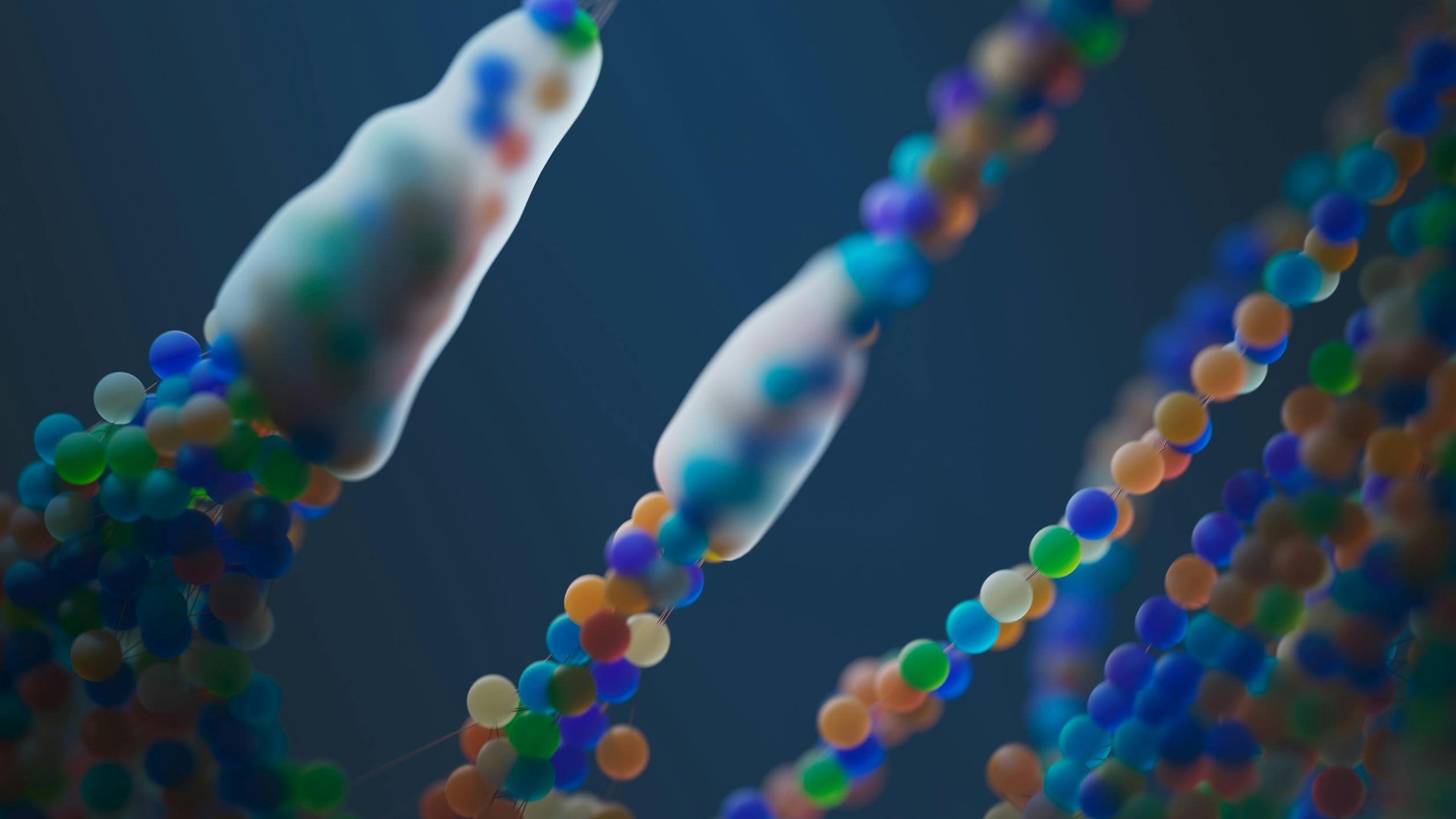Single-Cell Analysis Technologies: Precision in Cellular Genomics
Cellular genomics is like trying to read the world’s smallest book, where each page holds intricate details about life itself. Traditional methods of studying cells often look at a group of cells and treat them as one. Think of it as blending a smoothie, you know what fruits went in, but you can’t pick out individual flavors once it’s mixed.

Single-cell analysis changes the game by isolating and studying each "fruit" individually, giving us unprecedented insights into cellular behavior, genetic diversity, and even disease mechanisms.
What Makes Single-Cell Analysis Special?
When we study cells in bulk, we miss the unique nuances of individual cells. Imagine looking at a symphony orchestra and only focusing on the collective sound without hearing the specific notes played by each instrument. Single-cell analysis lets us tune into those solo performances. This is particularly useful in understanding complex conditions like cancer, where one rogue cell can behave differently from its neighbors, driving tumor growth or resisting treatment.
Single-cell technologies have advanced to the point where we can now analyze the gene expression, DNA mutations, and even epigenetic modifications of an individual cell. This precision helps researchers identify rare cell types and understand their roles in health and disease. Scientists have used single-cell RNA sequencing to uncover how certain immune cells respond uniquely to infections, leading to potential breakthroughs in vaccine development.
The Tools Driving Precision
To achieve this level of detail, scientists rely on a suite of advanced tools. Some of the most commonly used technologies include:
- Microfluidics: These systems handle tiny volumes of fluids to isolate individual cells. Think of it as an assembly line designed to gently sort and analyze one cell at a time.
- Mass Cytometry: By tagging proteins with rare metal isotopes, this method allows researchers to analyze dozens of parameters simultaneously without interference.
- Single-Cell RNA Sequencing (scRNA-seq): This technique profiles gene expression at an unprecedented resolution, helping scientists uncover how genes are turned on or off in individual cells.
- CRISPR-based screens: CRISPR isn’t just for genome editing; it’s also being adapted for studying cellular functions on a single-cell level by perturbing genes systematically.
A notable example comes from oncology research. Using scRNA-seq, researchers identified rare cancer stem cells that could regenerate tumors even after aggressive chemotherapy. This discovery has paved the way for therapies targeting these resilient cells directly.
Applications That Matter
The beauty of single-cell analysis lies in its versatility, it’s not confined to one field but spans across disciplines like medicine, biology, and even environmental science. Single-cell analysis helps map this heterogeneity to design personalized treatments targeting specific cell populations within a tumor.
One fascinating case involves autoimmune diseases like lupus. Researchers have used single-cell analysis to identify hyperactive immune cells that mistakenly attack healthy tissue. By targeting these specific cells, they hope to develop more effective treatments with fewer side effects compared to generalized immunosuppressive drugs.
Tackling Challenges
No technology is perfect, and single-cell analysis comes with its own set of hurdles. One major challenge is data complexity. Analyzing information from thousands (or even millions) of individual cells generates mountains of data that require sophisticated computational tools to make sense of it all. It’s like trying to find meaningful patterns in an ocean of random numbers.
Another issue is cost. While prices are gradually decreasing, single-cell experiments remain expensive compared to bulk methods. This limits access for smaller labs or those in resource-limited settings.
Despite these challenges, collaborations between biologists, engineers, and data scientists are leading to innovative solutions. Machine learning algorithms are being developed to sift through vast datasets quickly and accurately, a bit like having a supercharged librarian organize a chaotic library into perfect order.
The Bigger Picture
The insights gained from single-cell analysis extend far beyond academic curiosity. They hold practical implications for improving human health and tackling some of today’s most pressing challenges. Personalized medicine is perhaps the most exciting frontier, tailoring treatments based on an individual’s unique cellular profile could revolutionize how we approach diseases ranging from cancer to diabetes.
The study of ecosystems also benefits from these technologies. Scientists can now analyze microbial communities at the single-cell level to understand their roles in everything from soil health to climate change mitigation. It’s like being able to interview each microbe individually rather than guessing their collective behavior.
This precision doesn’t just advance science; it inspires hope, hope that we can diagnose diseases earlier, treat them more effectively, and even prevent them altogether by intervening at the cellular level before symptoms appear.
If you’re interested in learning more about these incredible advancements or want to explore related studies further, check out resources like Nature, which regularly publishes cutting-edge research in this field.
